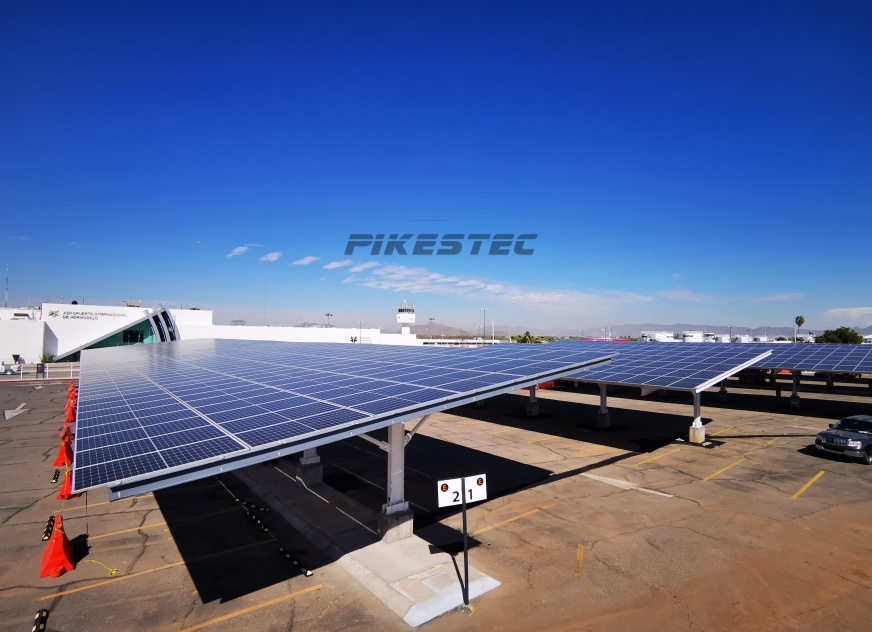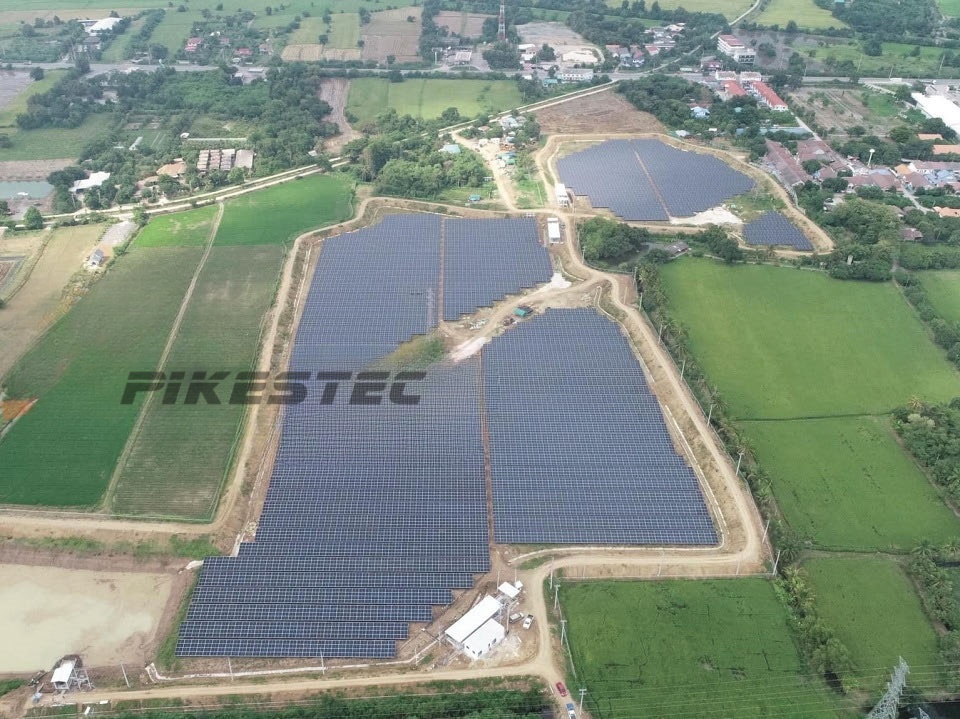Solar Cell Product Characteristics
Solar cells, also known as photovoltaic (PV) cells, are the fundamental building blocks of solar panels and are responsible for converting sunlight into electricity. The characteristics of solar cells can vary widely based on several factors that influence their performance and suitability for different applications. Here are some key characteristics to consider:
- Type of Solar Cell: This could be monocrystalline silicon, polycrystalline silicon, thin-film (amorphous silicon, cadmium telluride, etc.), or newer technologies like perovskite cells. Each type has different efficiency levels, costs, and suitability for different applications.
- Efficiency: This indicates how effectively the solar cell converts sunlight into electricity. Higher efficiency cells are generally more desirable because they can generate more electricity for a given area of installation.
- Power Rating: Typically measured in watts (W), this indicates the maximum power output of the solar cell under standard test conditions (STC). It gives an idea of how much electricity the cell can produce.
- Dimensions and Size: The physical dimensions of the solar cell, which determine its area and shape. This is important for determining how many cells are needed for a given installation space.
- Temperature Coefficient: This indicates how the solar cell‘s efficiency changes with temperature variations. A lower temperature coefficient means the cell performs better in high-temperature environments.
- Durability and Warranty: Information about the durability of the solar cell, including resistance to environmental factors like humidity and temperature fluctuations. The warranty details how long the manufacturer guarantees the performance of the cell.
- Certifications and Standards: Solar cells may have certifications indicating they meet specific industry standards for efficiency, reliability, and safety. These certifications can assure consumers of the quality of the product.
- Price and Cost per Watt: The cost of the solar cell, often given as cost per watt, is a critical factor in decision-making. Lower costs per watt can make solar energy more economically viable.
- Performance in Low Light Conditions: Some products may specify how well the solar cell performs in low light or shaded conditions, which can be important for installations in regions with less consistent sunlight.
- Installation Recommendations: Manufacturers may provide guidelines or recommendations for installing their solar cells to maximize performance and longevity.
- Environmental Impact: Information about the environmental footprint of the solar cell, including factors like energy consumption during manufacturing, recyclability of materials, and end-of-life disposal considerations.
- Additional Features: Some products may include additional features such as integrated bypass diodes for better performance in partial shading, anti-reflective coatings for improved light absorption, or frame designs for easier installation.
Understanding these characteristics can help consumers and installers choose the right solar cell products based on their specific needs, whether for residential, commercial, or industrial applications. Each characteristic contributes to the overall performance, cost-effectiveness, and durability of the solar energy system.
In summary, the “Better Product Warranty and Service package ensures that customers receive a comprehensive warranty, dedicated customer support, and prompt after-sales services. This approach not only protects the investment but also ensures that the solar panel cells operate at peak efficiency throughout their lifespan.
After-sales service:
- 15-year Warranty for Materials and Processing
- 25-year Warranty for Extra Linear Power Output







